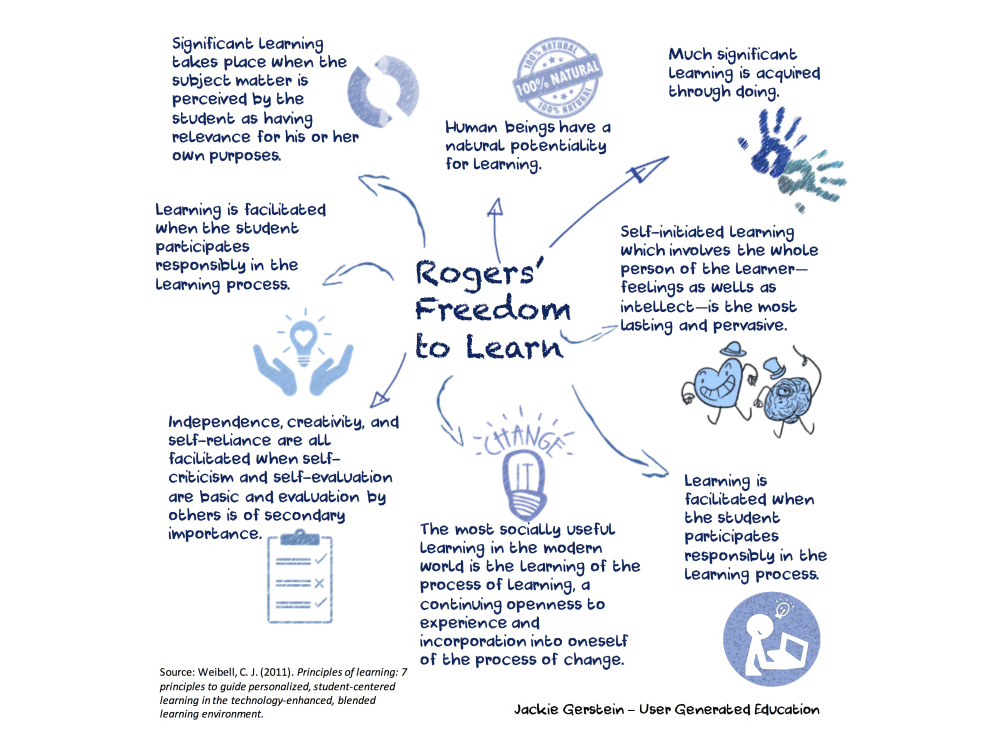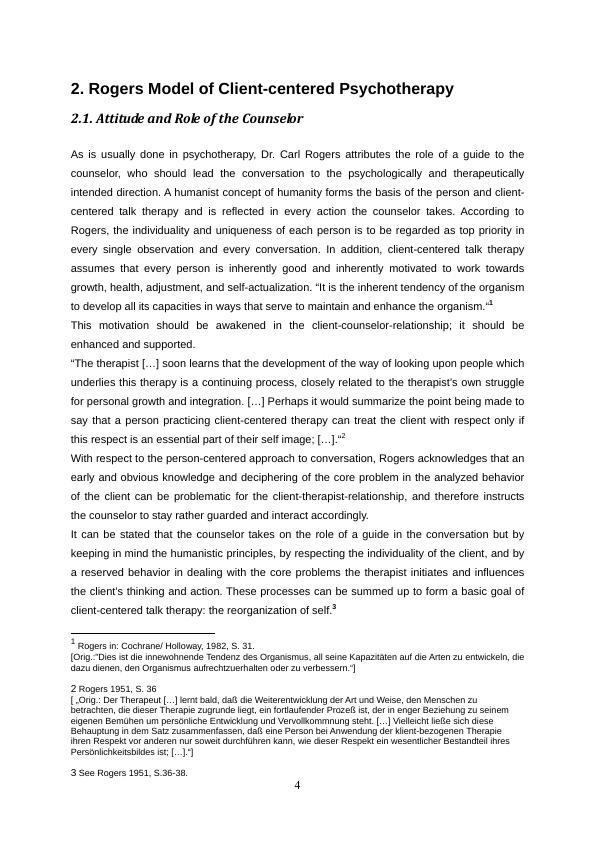
We tend to be busy with showing compassion and empathy for the speaker and as a result we end up seeing the world from his eyes. We often miss being our true selves during the process of active listening. There is also a strong element of personal risk associated with active listening. As a result it may happen that the speaker figures out and loses his interest in sharing his true feelings with us. Often it may occur that we tend to only make a pretense of interest in the speaker. Active listening becomes a habit gradually and often it is difficult to achieve.Īctive listening requires a continuous interest that shows to the speaker that we are sincerely interested in the communication process. Active listening is learned through consistent practice. Inorder to be an active listener, we often need to change our own attitude. What are the Problems with Active Listening ?Īctive listening may seem to be an easy task but it is quite difficult to achieve.

Through active listening, Carl Rogers believed that interpersonal relations can be greatly strengthened.Hence Carl Rogers viewed active listening as a growth process as it aims to bring about and foster change in people. It helps develop a mutual trust and respect between the listener and the speaker. They feel less criticised, and are open to share their true feelings and thoughts.Īctive listening tends to build strong connections between the listener and the speaker. People in a group appear to be less argumentative and more ready to incorporate other people’s point of view. Through active listening, members of a certain group are more compassionate towards each other. Active listening can also change people and help them modify their beliefs and philosophy about life.Īs a result of active listening, people tend to be more open to experience, they act wisely, they appear to be less defensive, they are not much resistant to change and they are less athouritatrian. Through active listening, Carl Rogers suggests that we can easily bring change in other people’s attitude towards their own selves and towards other people. Research evidence and clinical studies have revealed that active listening is sensitive listening that is crucial to personality change among individuals and group development. What can be achieved through active listening?Īctive listening is a communication process that makes us change the way other people behave and modify our behavior as well. Rogers believed active listening is a conscious effort where a person needs to attend to the speaker well and make sense of whatever is being communicated.

Rogers considered active listening to be of equal importance as that of delivering a message that needs to be effectively framed. Hence it is believed that active listening is a process that is natural and requires no conscious efforts.Ĭontrary to this, Carl Rogers believed that active listening is an active process that needs to be intentionally taken care of during any communication. Many people consider active listening to be a process that is executed automatically and naturally. He believed that empathy and attention to the client during the process of active listening are two main factors that need to be paid a greater consideration to.Ĭarl Rogers’ approach to active listening is different in direction from that of the other people. Carl Rogers believed that the process of active listening needs to be done in an active manner and with a greater sensitivity.

Carl Rogers discouraged the idea of active listening being a passive process. What is Active listening according to Carl Rogers?Īctive listening according to Carl Rogers is done as an active process. We will discuss active listening as per Carl Rogers view and also learn the various aspects of active listening that were specific to Carl Rogers theory. The current blogspot will be based on the question “what is active listening Carl Rogers?”.


 0 kommentar(er)
0 kommentar(er)
